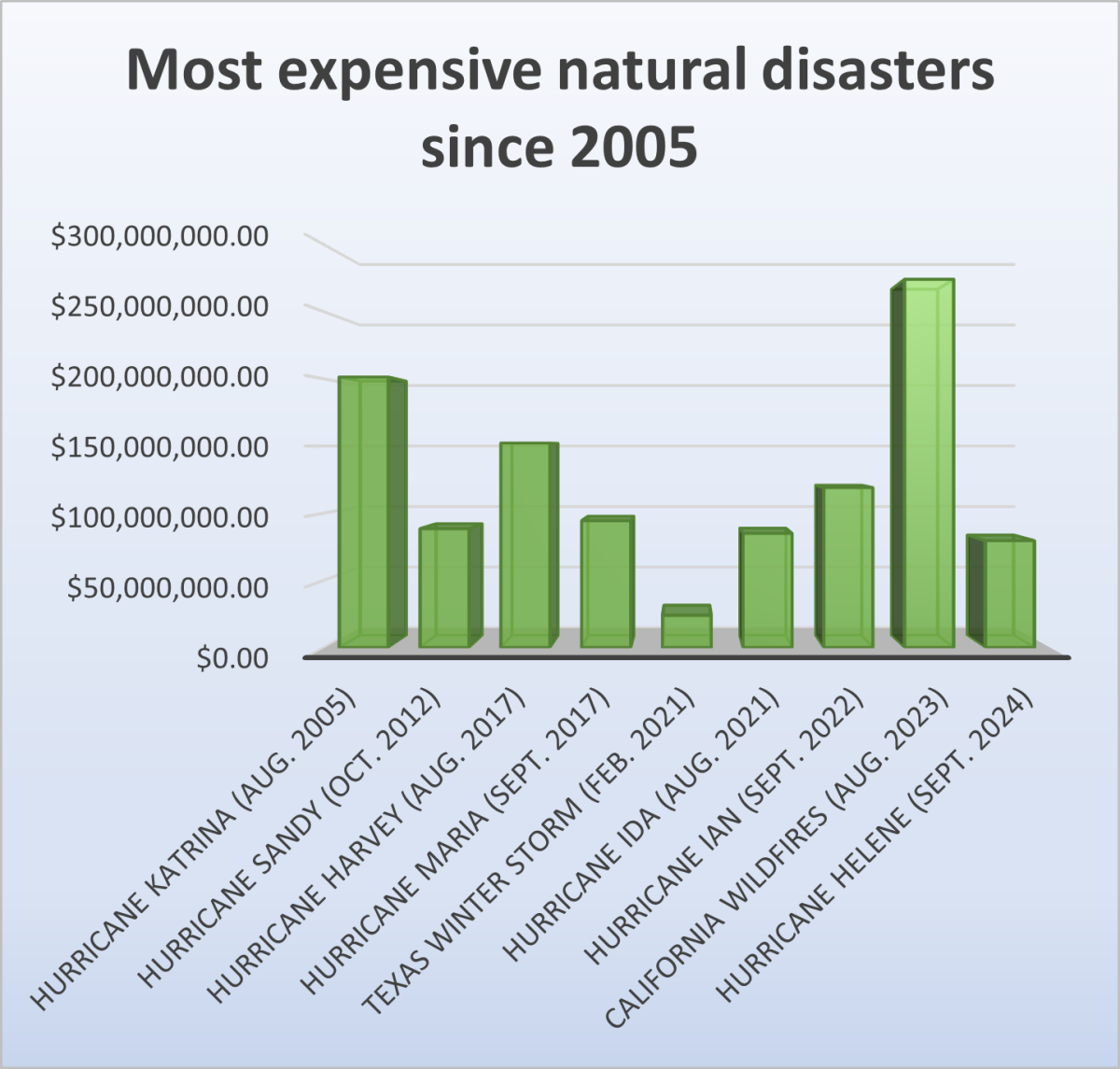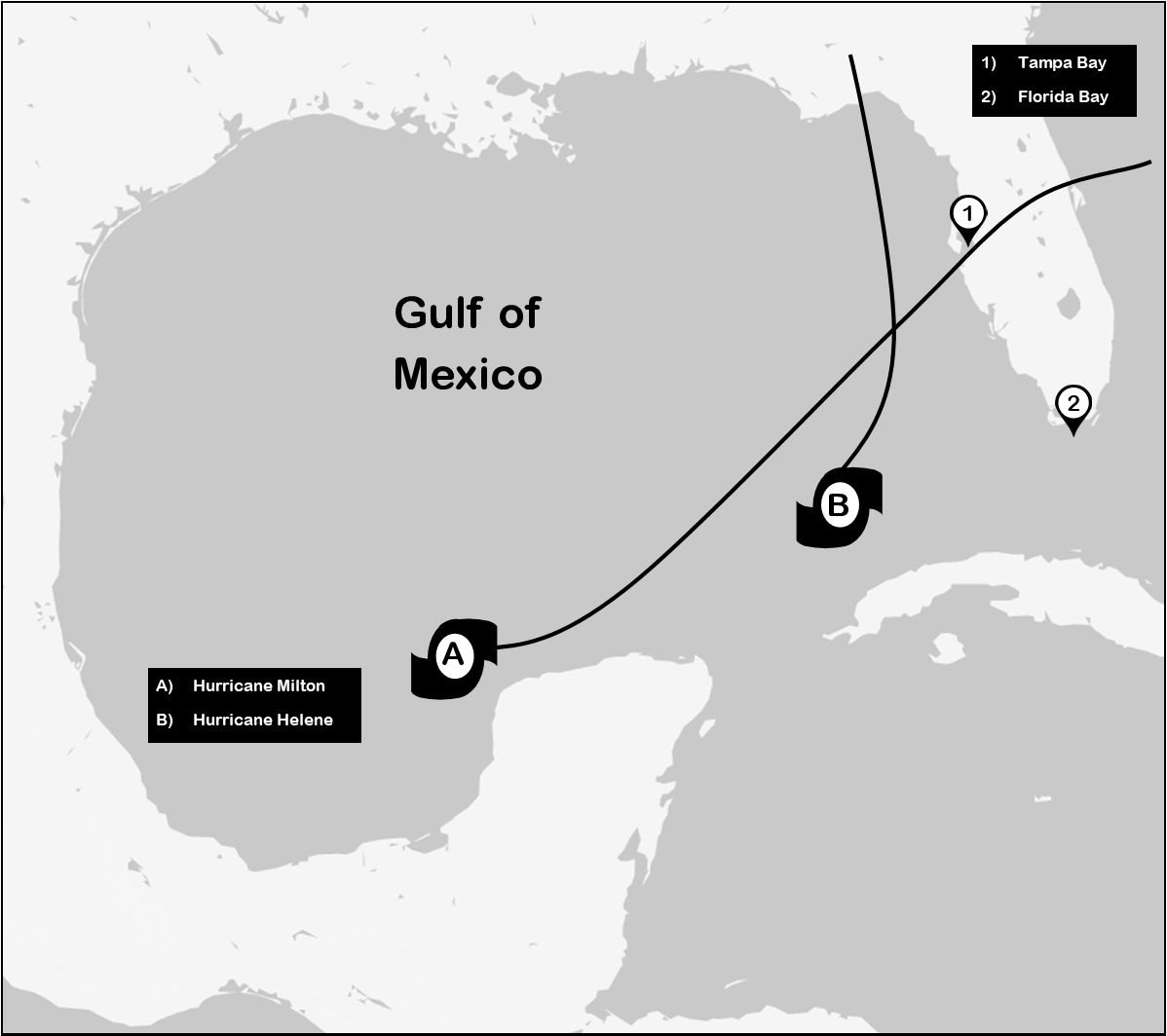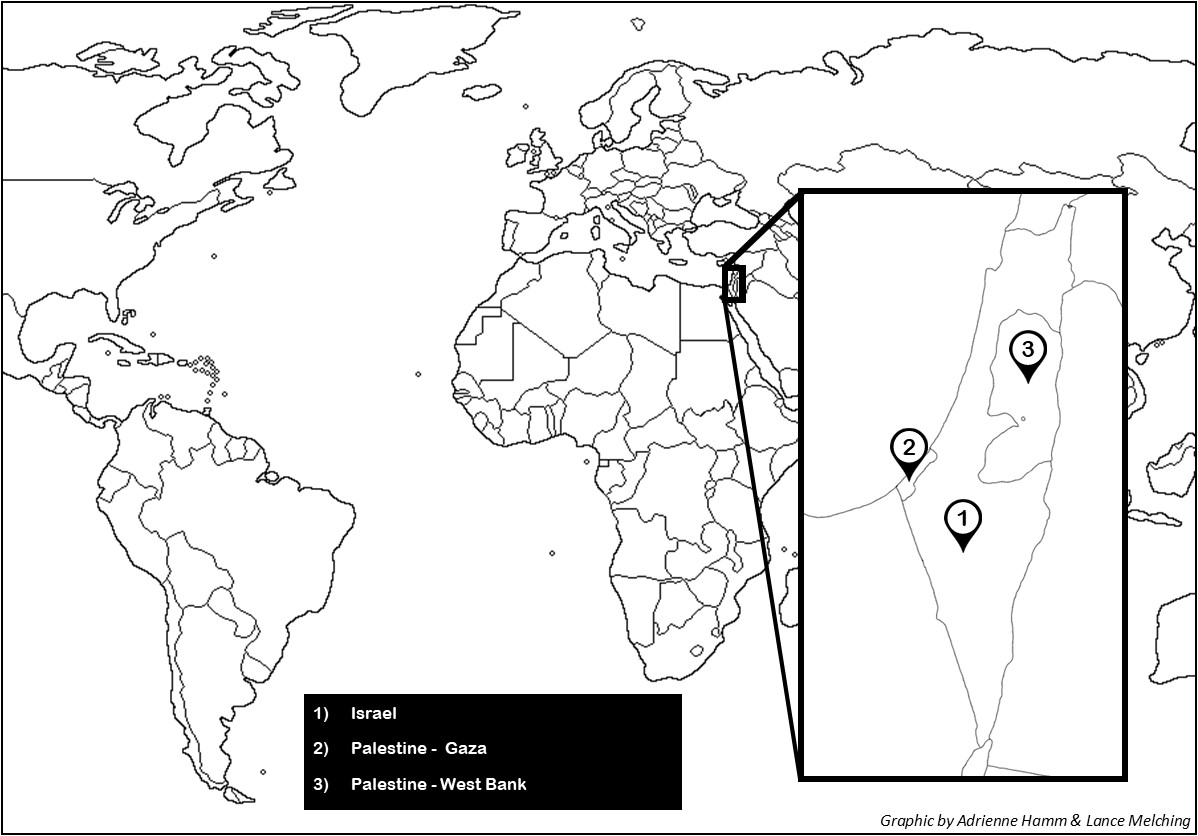On Jan. 19, Donald Trump promised to deliver the “most extraordinary first 100 days of any president in American history.” Since taking office, the president has signed a flurry of executive orders and made waves of policy moves to dramatically reshape the United States.
Trump’s executive orders range from sweeping tariffs, establishing the “Department of Government Efficiency,” reshaping global affairs, starting one of the most aggressive mass deportation plans in American history, and ending diversity programs in the federal government, and many more.
ICE and deportation
One of President Trump’s main campaign promises was about securing the southern border and ending illegal immigration. Since his first day, Trump has issued many aggressive campaigns combating illegal immigration.
On Jan. 20, Trump declared a national emergency at the southern border, allowing him to deploy the U.S military at the border and to create additional barriers. Trump also designated international cartels as “Foreign Terrorist Organizations” which triggered the Alien Enemies Act, a 1798 law that allows the president to deport any noncitizen from a country the U.S is at war with.
On Jan 21, Trump shut down the Customs and Border Protection app designed to help schedule appointments for people seeking eligibility for asylum, closing off a legal and safe pathway for citizenship to the United States. Trump frequently criticized the app, saying that it was being used for “smuggling migrants.”
In the first 50 days of Trump’s second term, Immigration Customs and Enforcements (ICE) made 32,809 enforcement arrests.
To put this figure into perspective, in the entire fiscal year 2024, ICE’s Enforcement and Removal Operations made 33,242 of these at-large arrests.
Some of the prisoners are sent to the CECOT prison, a maximum security prison in Tecoluca, El Salvador. CECOT is an abbreviation for the Spanish term that roughly translates to “The Terrorism Confinement Center”
The prison has faced allegations of torture, ill-treatment, no outside communication, severe violations of due process, and lack of proper healthcare and nutrition. President Trump has used these prisons as a tool for his mass deportations plans.
On March 12, ICE arrested Kilmar Abrego Garcia—a Maryland father of two who was granted protection from deportation to El Salvador in 2019 by an immigration judge.
Even though ICE knew he couldn’t be deported to El Salvador, he still ended up on a flight to El Salvador’s worst prison on unsubstantiated allegations of being connected to the MS-13 gang—an international criminal gang that originated in Los Angeles.
On April 10, the Supreme Court upheld a lower court order that the Trump Administration must facilitate the return of Abrego Garcia. The administration has earlier conceded Abrego Garcia’s deportation as an “administrative error,” but it has taken the position that it is powerless to return him without obstructing international laws and has gone so far as to frame Garcia by photoshopping photos of him with MS-13 tattoos.
The Trump admin defying the Supreme Court’s orders have made critics mark this moment as a constitutional crisis, a crisis that can affect American history for years to come.
Trump’s economic policies
President Trump ran on a promise to lower inflation and fix the American economy with a plan of sweeping tariffs on any country he deems as “ripping us off,” Trump said in the tariff announcements.
Tariffs are basically a tax on foreign imports. Economists say that the American consumer usually ends up footing the bill for tariffs.
Trump insists that tariffs are paid for by foreign countries. In fact, it is American companies that pay tariffs.
Those companies, in turn, typically pass their higher costs on to their customers in the form of higher prices.
On April 2, President Trump announced reciprocal tariffs on imports from about 90 countries. Describing the announcement as “Liberation Day,” the president said the tariffs are needed to erase the trade deficit between the U.S and other countries.
However, on April 9, President Trump announced a 90 day pause on the tariffs, and he lowered the tariff rate to 10% on almost all nations. The exception was China, with President Trump instead raising the tariff rate to 245%.
China has raised its duties on imports of U.S. goods to 125%, up from 84%. On April 4, China also began restricting exports of rare earth materials to the U.S., which are used in high-tech products such as computer chips and electric vehicle batteries.
International affairs
On Feb. 28, President Trump met with Volodymyr Zelensky, President of Ukraine, in hopes to discuss peace deals in the Ukraine-Russo war. President Trump originally pledged to end the war in “24 hours.”
The meeting devolved into a “shouting match” between the US president berating Zelensky and Vice President J.D. Vance questioning Zelensky’s gratitude for support.
The meeting made the future of U.S support for Ukraine uncertain, with President Trump blaming Zelensky for starting the war despite Russia invading first.
“You don’t start a war against someone 20 times your size and then hope that people give you some missiles,” Trump said in a Truth Social post.
On Feb. 4, President Trump declared his intent for the United States to take control of the Gaza Strip. The proposal was made during a short-lived ceasefire between Israel and Hamas.
Trump expressed his plan to redevelop the territory into the “Riviera of the Middle East.” The plan would require the removal of over 2 million Palestinians to neighboring lands and 50 million tonnes of debris from the war.
Since Trump’s announcement, his administration has sent mixed signals about the plan. On Feb 5, the White House’s press secretary, Karoline Leavitt, assured reporters that Palestinians would only be “temporarily displaced.”
However, Trump has contradicted this, saying that Palestinians would not return to Gaza because “they are going to have much better housing … a permanent place for them.”
Changes in department management
One of Donald Trump’s first acts was the founding of the Department of Government Efficiency (DOGE). Spearheaded by Elon Musk and a group of young engineers, DOGE is a non-governmental agency used to target various government agencies in order to stop spending they deem as wasteful.
DOGE has mostly been responsible for the mass layoffs and cut to funding for various government programs. On Feb. 22, Musk emailed federal workers to summarize their weekly accomplishments, warning that noncompliance will be perceived as resignation.
One source reported 216,670 job cuts due to DOGE actions in March 2025. DOGE has targeted more agencies including the Department of Education, Federal Air Administration, Centers of Medicare and Medicaid services, and has even looked at targeting and gaining access to Social Security information.
DOGE has fallen short of its projected goals. That’s because, when Musk’s group tallies up its savings so far, it inflates its progress by including billion-dollar errors, by counting spending that will not happen in the next fiscal year and by making guesses about spending that might not happen at all.
Approval rating:
Even the most controversial of his actions have led Trump to justify his actions by saying that he has a “mandate,” a mandate that he earned from his sweeping victory in the 2024 Election.
In the first 100 days of his presidency, President Trump has achieved an approval rating of 41%. The lowest of any president in his first 100 days in 70 years.






